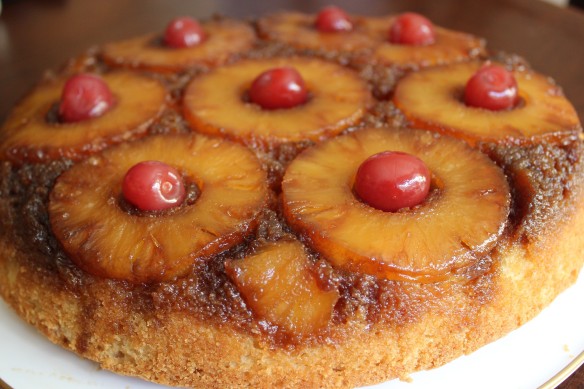I’ve been craving comfort food lately, what with all the bad news these days, so I delved into Miss Leslie’s Directions for Cookery (1837) in search of a nice old pudding. As I’ve written before, Eliza Leslie was such an elegant writer, her cookbooks are worth reading for her fine prose as well as her recipes.
I was drawn to “A Bread and Butter Pudding,” a simple dish that calls for layers of buttered slices of bread topped with currants and brown sugar, with an egg and milk sauce poured on top. This pudding is British in origin, with published recipes dating to the early 18th century. It seems most closely related to an older pudding from Devon, England, called “white-pot,” which contained dates as well as raisins.








